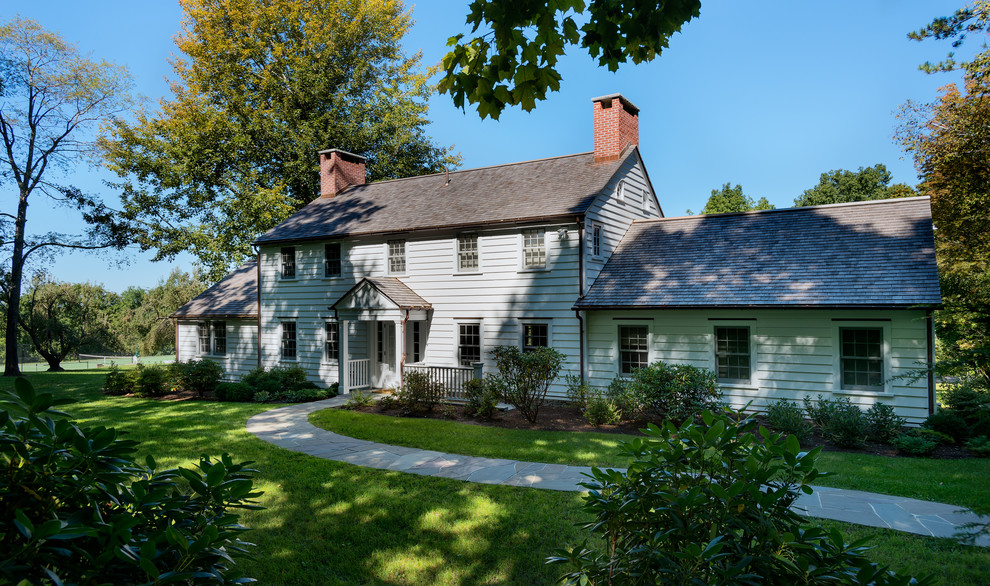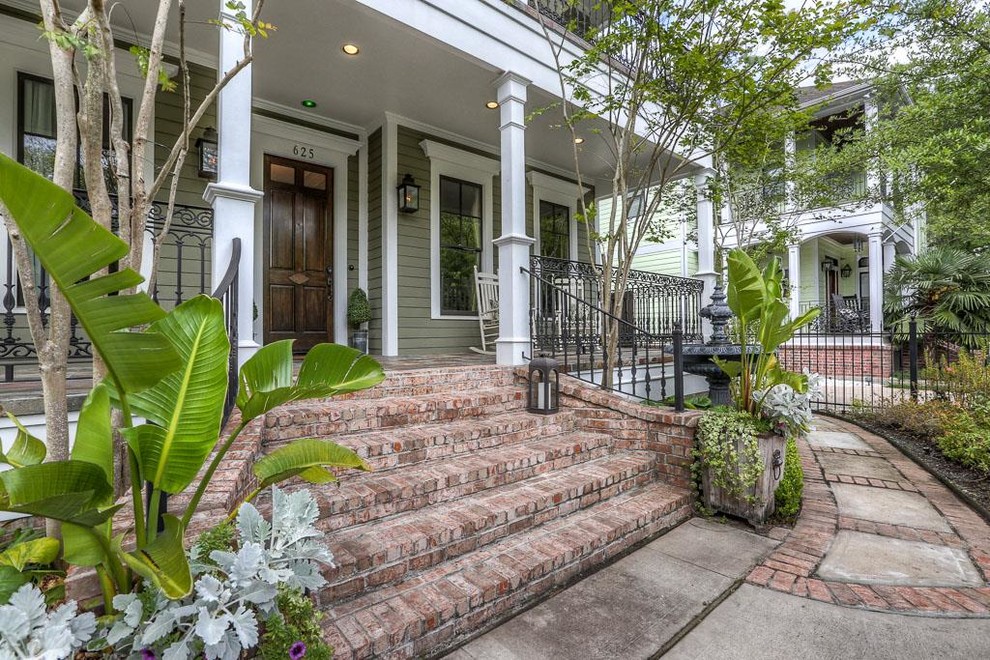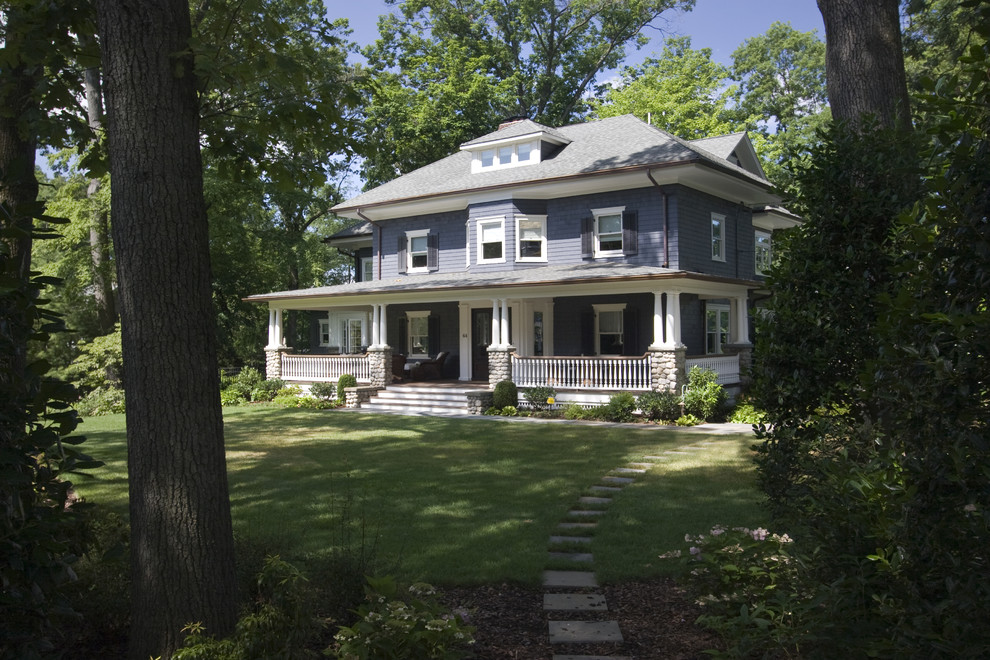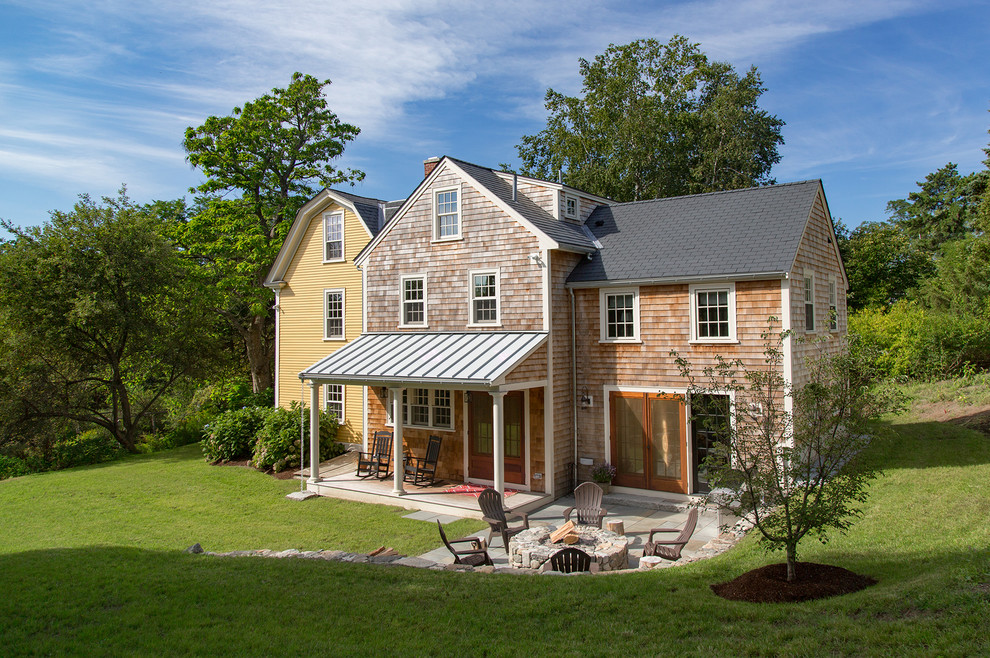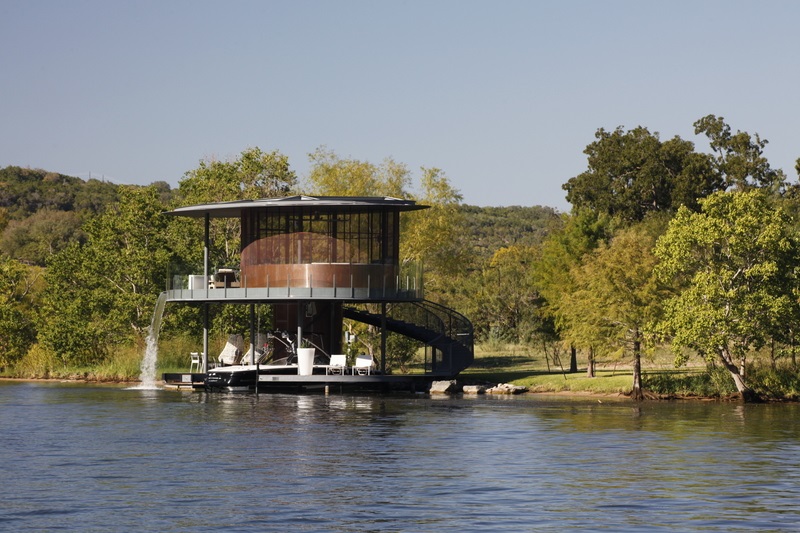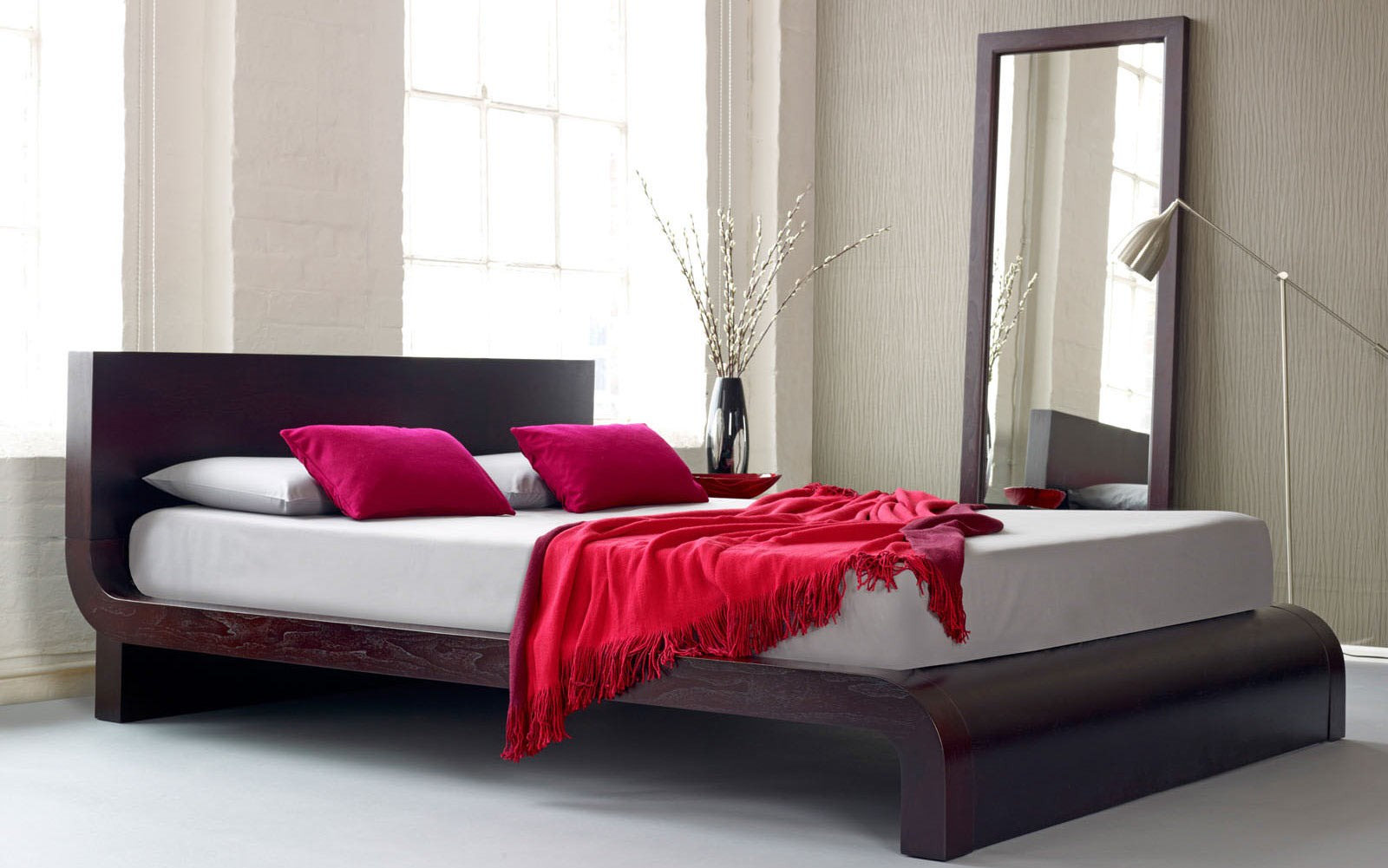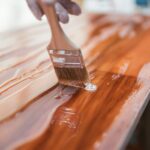History is all around us. From museums to hiking trails to houses, there are multiple ways to immerse yourself in the past. Unfortunately, too often historical houses have fallen into disrepair. If you own an older home, take advantage of the rewards that come with restoring it.
History Lessons
Renovating a vintage home requires research. View the project as fun rather than tedious. Go to your local library to learn about who the previous owners were. You might even be able to find old deeds on microfiche. Chatty neighbors might also be willing to reminisce about their own memories. These stories all contribute to the character of the home. It’s critical to honor that spirit before you take a sledgehammer to the foundation.
Improved Safety
As beautiful as historic homes often are, they also don’t have the same safety standards as today. One of the most common dangers is lead paint. They contain toxins that can be hiding under layers of fresh paint. Once you’ve determined that lead paint is in the home, sand carefully, wear protective masks, and ensure that you have proper ventilation.
Photo by Fisher Lane Building & Design
Increased Home Value
Homes in historic districts tend to have higher values due to their unique charm. You can potentially raise the sticker price of your own home with a renovation. Updated fixtures like fresh kitchen appliances and a new bathroom are appealing to buyers if and when you sell. Just check with your town or city first. Depending on the district, you may have to get approval before you make any changes to a historic property.
Photo by Clawson Architects, LLC
Better Insulation
Most heat in the house, no matter its age, dissipates through the roof. Gaps around areas like the chimney, pipes, or other wiring are typical sources for warmth to escape. Roofing restoration takes care of the problem. It is more cost effective than a full-scale replacement. A restoration consists of removing or upgrading old, broken, or loose tiles. If there are wobbly ridge caps, those will get re-bedded as well. Then fresh paint or sealant finishes the job. These steps vastly extend the life of your roof and improve its heat retention.
Photo by Cummings Architecture + Interiors
Living in a vintage home is an enjoyable experience. Your story gets added to the rich tapestry of everyone who has lived there before. Deciding to renovate the house will preserve it for years to come.
Author Bio
Meghan Belnap is a freelance writer who enjoys spending time with her family. She loves being outdoors and exploring new opportunities whenever they arise. Meghan finds happiness in researching new topics that help to expand her horizons. You can often find her buried in a good book or out looking for an adventure. You can connect with her on Facebook right here and Twitter right here.

